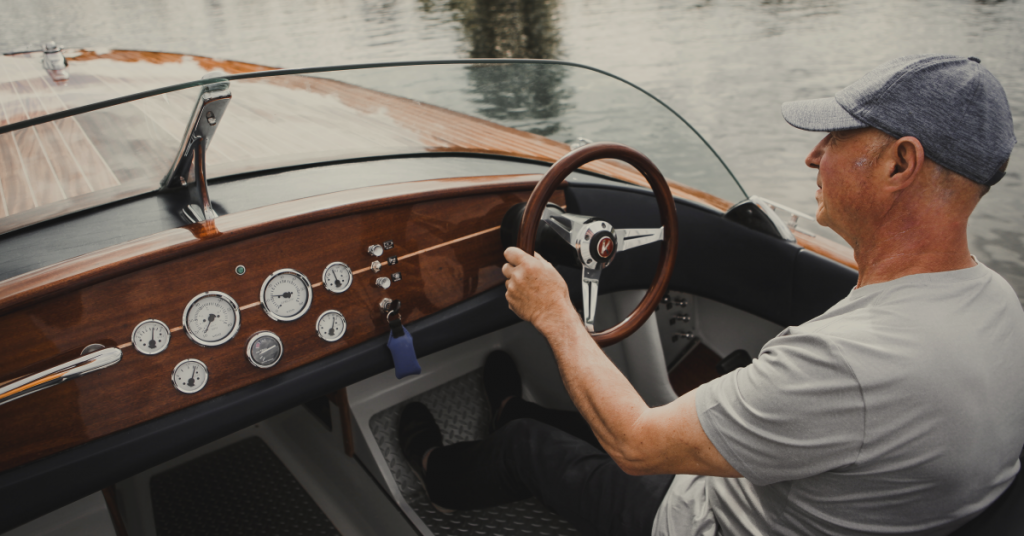Throughout history, wood has been the boat building material of choice for hull and spar construction. Built between 8040 and 7510 BC, the Pesse canoe – a dugout made from a hollowed tree trunk and the oldest boat ever found – exemplifies how important wood has been to building boats. It is buoyant, widely available, and easily worked.
Generally speaking, the hull of a wooden boat consists of planking fastened to frames and a keel. While planking is more often constructed using softwood such as pine or cedar, the keel and frames are traditionally made of hardwoods such as oak or mahogany.
Adored by generations of woodworkers the world over, mahogany’s qualities – which include strength, light weight, durability, and workability – make it well-suited for boat building.
Common Mahogany Varieties
With its characteristic straight-grain and uniform density, there are few varieties of wood that can match the beauty of mahogany. Colours range from a deep reddish brown to a warm brown with purple brown and amber overtones.
Typically, much of the woodworking performed with mahogany is done with one of these three species of mahogany:
Cuban Mahogany (Swietenia Mahogani)
Cuban mahogany, native to the islands of the Caribbean, is slower growing; yielding a denser wood with tight growth rings, fine texture, and a deep reddish brown colour.
Early American furniture makers preferred this species of mahogany. There are some modern woodworkers who can recall a time when Cuban was the “standard” mahogany. Nowadays, there is no commercial source for this wood, making the supply short and infrequent.
Honduran Mahogany
For the past 300 years, Honduran mahogany (Swietenia macrophylla) has been the favorite of many prominent furniture makers. Generally speaking, this wood originates from Central or South America and may be referred to as mahogany, Honduras mahogany, South American mahogany, American mahogany, genuine mahogany, or big-leaf mahogany.
Originally, stock of this wood was harvested from Honduras; however, during the twentieth century Brazil provided most of the material. In today’s marketplace, a majority of the world’s stock of mahogany comes from Peru or Central America. Honduran mahogany can show wide variations of density, colour, and figure, depending on where the wood originates.
Khaya (African Mahogany)
Although Khaya (African mahogany) has become the most popular substitute for Cuban and Honduran mahogany, it is not a true mahogany. The African variety lacks the deeper reddish brown color and durability that is common for true mahogany, particularly in the Swietenia genus.
Although it is not related to South American Mahogany, African mahogany has a similar look to it. And, even though it is more brittle to work with, woodworkers widely agree it has acceptable working properties.
A Favorite Among Shipbuilders
Because it machines well with hand and machining tools, and finishes beautifully with shellacs, oils, and varnishes, mahogany has established itself as a favorite among shipbuilders. Adding to its classic appeal, mahogany seasons easily due to its low volumetric shrinkage; which means it dries with little degrade.

Mahogany’s low Tangential/Radial ratio (T/R ratio) plays an important role in its remarkable finish. When a wood shrinks more tangentially than radially, large warp producing stresses are created. Mahogany has a low T/R ratio, which yields a very stable product.
Although not subject to the same level of performance as Teak or other exotic tropical timbers, mahogany does demonstrate a strong resistance to rotting. Furthermore, once treated with a special epoxy system, it becomes as sun-resistant as fiberglass.
A Notable Difference
Mahogany boat owners claim their vessel provide a much softer ride than other wood boats, and when slicing through the water delivers a pleasant wooden sound.

